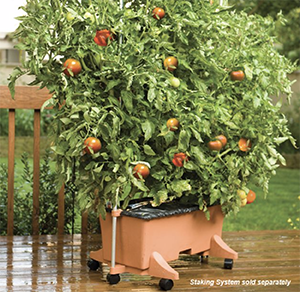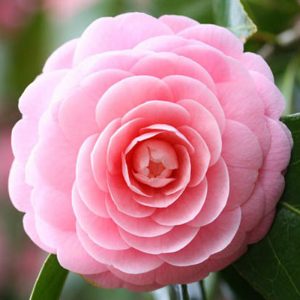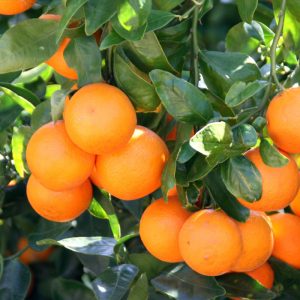Shade Gardening
If you have a lot of trees in your garden and want to add some interest or color to the shade here are some great options: Camellia japonica (blooms Dec-March), Camellia Sasanqua (blooms October to Dec); Gardenias (bloom early spring to mid-summer); Hydrangeas – newer varieties like Nikko Blue or Endless Summer bloom on new growth so can bloom all summer long; Variegated Ginger and Stromanthe Triostar for colorful foliage along with Copperleaf plants that also have interesting color and foliage.
For ferns your choices are Coontie Fern (actually a Cycad), holly ferns, kangaroo paw fern, foxtail ferns and cast iron plants which are not ferns but will provide pretty greenery.
For groundcovers try using Asiatic jasmine which comes in a variety of colors as well as oyster plants, ajuga or mondo grass or dwarf mondo grass.
Beware of potential invasive plants though such as sword ferns or pathos. These plants do well in containers and could become a serious problem if planted in the ground.
Citrus & Fruit
Citrus and Fruit can be planted now. Plant citrus or fruit trees in the warmest, sunniest part of your yard. At least 6 hours of sun per day is needed for good fruit production. Fruit is fairly easy to care for- a sunny location with about 6-8 feet of space, fertilize regularly (3-4 times per year) and provide regular watering. Leaf miners can plague new young citrus trees however the good news is it will NOT harm your fruit or tree as it is mostly cosmetic. Gray squiggly lines on new leaves are the telling feature. Aphids can also be a problem for citrus- they make leaves curl and leave behind black sooty mold. If you have any of these problems or are unsure- drop by the Garden Center with a sample and we will be happy to help.
If you are the owner of a new fruit tree, you probably will have small fruit appearing on your tree now. The first year or two it is best to remove most of the fruit from the tree to allow the tree to develop and grow strong. If you have a mature tree, monitor the amount of fruit that develops. Large quantities of fruit can take nutrition away from the tree as well as cause possible damage with breakage as the fruit grows and develops. It is easier to take little pea size fruit from trees then when they are larger and developing. This applies to any type of fruit tree- thinning will allow you not only have a healthier tree but healthier and tastier fruit. You will enjoy 20 delicious pieces of fruit instead of 30 little bullet sized fruit! This is also the time of the season that your citrus tree may shed some of the pea sized fruit it has produced. This is normal as the tree will shed what it cannot support.
In May, blueberries should be checked for ripeness, by the end of the month. Peaches, nectarines and plums begin ripening by the end of the month as well.
If no rain, water your fruit trees every 10 days or so by hand to prevent fruit splitting.
Vegetables and Herbs
Tomatoes (heat tolerant and cherry), peppers, peas, sweet potato and eggplant can be planted now. Insects are at their peak so keep a watchful eye for worms and other insects. Fertilization is a must and the Garden Tone organic for vegetables is a great product.

EarthBox
If you have or are using an Earth Box, they come with a planting kit (or a replant kit can be purchased) that contains all the fertilizer that is needed. Herbs to grow now are basil, oregano, rosemary, sage, parsley, chives and thyme. Rosemary is a wonderful herb as well as a landscape plant. It is easy to grow, fragrant, cold hardy and deer resistant. The upright rosemary can grow into a beautiful 2’-3’ bush that makes a great full sun landscape shrub. There is also a creeping rosemary that makes a lovely groundcover.
Herbs don’t like the heavy summer rains, so it is best to keep them in pots somewhere you can get them out of the downpour when it happens.

